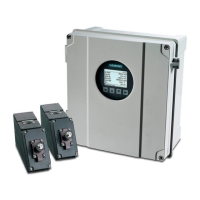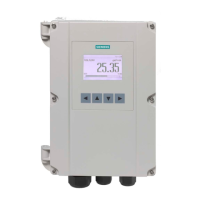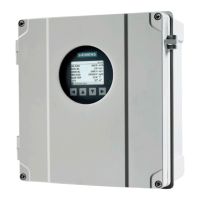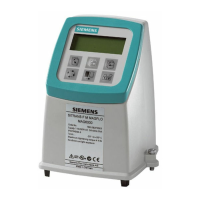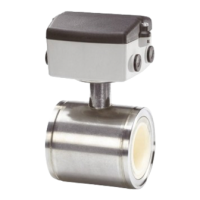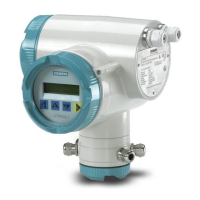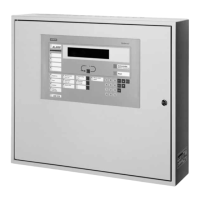Changing and expanding the FDnet/C
Removing or replacing non
14
53 |
Building Technologies
14.4.4 Replacing non-stationary devices of the same type
You will find additional information about the individual steps on
pages.
1. Switch the test mode on. Link [➙ 89]
2. Remove the FDnet device you want to replace from the base.
3. Wait approx. 20 seconds.
4. Insert the new device of the same type.
The internal ↑ alarm indicator flashes for 10 seconds following successful
replacement.
Proceed as follows if the alarm indicator does not flash:
1. Ensure that you wait long enough before inserting.
2. Check whether other devices are missing on the ↑ detector line.
3. Check whether a device that is not of the same type has been inserted. If this is
the case, insert a device of the same type.
4. Restart the line.
5. Switch ↑ normal operation on. Link [➙ 90]
6. Connect the PC to the ↑ 'Station'. Link [➙ 27]
7. Load the configuration from the 'Station' to the PC. Link [➙ 32]
8. Disconnect the PC from the 'Station'. Link [➙ 27]
The work described in this chapter may be performed when the
line is switched on.
14.4.5 Replacing non-stationary devices of different types
You will find additional information about the
individual steps on the specified
pages.
1. Remove the FDnet device from its base.
The ↑ 'Station' detects that the device is missing and reports a 'Fault'.
2. Delete the FDnet device on the ↑ Person Machine Interface on the control
panel. Link [➙ 86]
3. Insert the new FDnet device in the base.
4. Read-in the FDnet devices. Link [➙ 85]
5. Connect the PC to the 'Station'. Link [➙ 27]
6. Load the configuration from the 'Station' to the PC. Link [➙ 32]
7. Replace the FDnet device in the 'Zone'. Link [➙ 54]
8. Load the configuration from the PC to the 'Station'. Link [➙ 30]
9. Disconnect the PC from the 'Station'. Link [➙ 27]
The work described in this chapter may be performed when the
line is switched on.
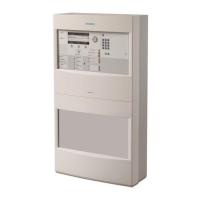
